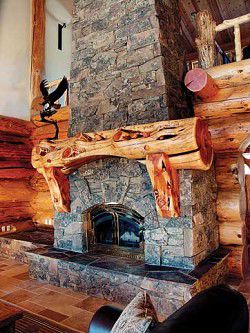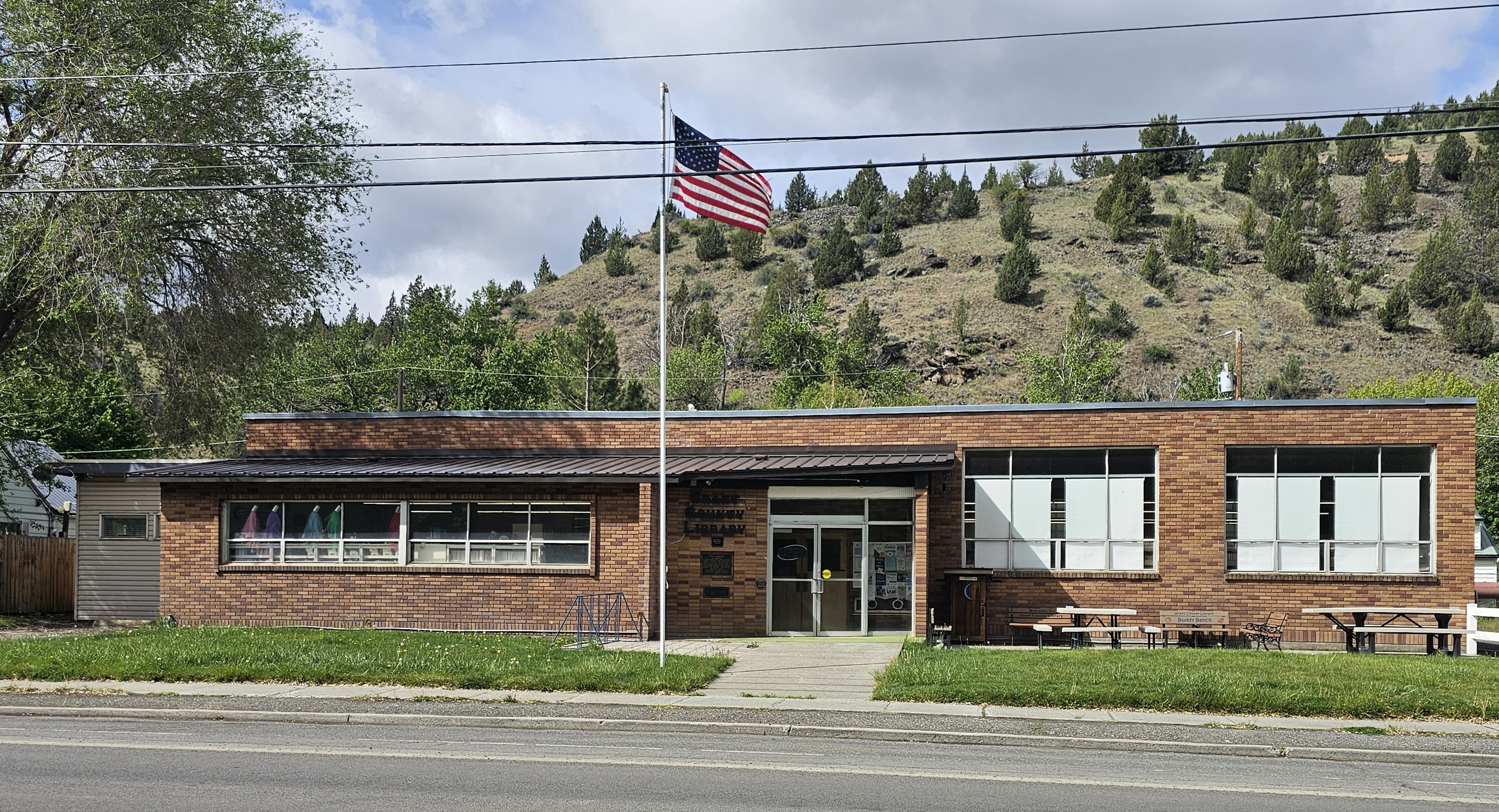JUNIPER: Taming a Western invader
Published 5:00 pm Tuesday, October 14, 2008

- A mantel and trimwork made from juniper in a home constructed by Storm Carpenter Log Homes. The company has made portions of and even entire houses from juniper.<br><I>Contributed photo
JOHN DAY – One man’s trash could be another man’s treasure in the case of the Western juniper.
Trending
Landowners, Oregon State University researchers, contractors, business owners and members from Oregon Natural Resource Conservation Services gathered Sept. 24 in Eastern Oregon to brainstorm ways to change juniper trees from a nuisance to a business opportunity. The “Adding Value to Juniper” conference was held the U.S. Forest Service Center in John Day.
The juniper has spread across Oregon, and much of the West, in the past 100 years. In Oregon, this opportunistic tree has spread from 1.5 million acres in the 1930s to 6.5 million acres in 2005, according to Tim Deboodt, staff chair of the Crook County Extension of Oregon State University.
Crook County leads the state in juniper infestation, with 785,000 acres of juniper woodland and 1.1 million acres of juniper in mixed stands.
Trending
Although juniper has been a native plant in Eastern Oregon, wildfire for many years kept its numbers low and confined it to rock-outcrops that were less affected by fire. That has changed with the emphasis on fire suppression in the past century or more.
“We’ve been pretty good about controlling fire since Europeans migrated here and that has helped the juniper spread to new areas,” Deboodt said.
The encroaching juniper is causing several problems for the native Eastern Oregon habitats. Juniper takes in much of the rainfall and other moisture that reaches the ground, causing a die-off of understory vegetation such as sagebrush. That creates more dry, bare soil, and the overall effect is less water captured, stored and released from the watershed.
The juniper canopy also traps up to 50 percent of snow and other moisture during the winter, preventing it from reaching the ground. Native wildlife, such as the sage grouse, are hurt when they lose forage, habitat and cover that is killed of by the juniper.
The problems presented by the increase in juniper have prompted landowners and agencies to try various methods – from chainsawing, to mechanical removal by machines, to fire – to remove the trees.
“Throughout several years, the cost has proven to remain pretty constant regardless of the treatment method that is used,” Deboodt said. “However, fire has been shown to be very useful in early stages of juniper growth when they are small and before they grow through the understory vegetation.”
The Natural Resource Conservation Service can provide grants to help landowners remove juniper from their land. However, the money generally covers only about 50 percent of the cost and is limited to a maximum of $30,000. The Grant County NRCS’s annual budget for such projects ranges from $250,000 to $300,000.
“The funding doesn’t just cover the removal of the juniper,” Lorraine Vogt of the Grant County NRCS said. “The money helps pay for reseeding, cross fencing, water and other things. It’s not just to cut the juniper down and walk away.”
With juniper continuing to spread and limited funds for its removal, some entrepreneurs are looking for ways to create products from juniper. Several have set up successful businesses.
Mark Cobb created Chiloquin-based West Coast Juniper Distributing, which offers products ranging from juniper flooring to decking and furniture. Cobb said one of the biggest problems he has faced is getting people to see juniper as a viable product.
“When we started, it took time for us to go out and convince people that juniper could be used for lumber or furniture,” Cobb said. “We’ve finally built up a base.”
Grant County has some local businesses operating with juniper. Kendall Derby of Dayville operates In the Sticks, a juniper lumber facility. Storm Carpenter of John Day runs Storm Carpenter Log Homes. Carpenter has built portions of homes from juniper and even has experience building a home nearly entirely from juniper.
Carpenter said although he makes a living working with juniper, it presents its own problems because of the irregular shape of the trees and other features.
“I had a guy ask if I could build him a juniper home and I just said yes,” Carpenter said. “He just liked the character of the wood. The knotty rustic look. I’ve done a few more, but even if I charged double the price of a normal log home, I don’t think it’d be worth it. You make money, but it’s just so much more labor-intensive. You can’t get into a rhythm like you can with other woods.”
All three businessmen agreed that one of the biggest problems with juniper is simply gaining access to the trees and getting them to a mill.
“Transportation and market issues involving distance are problems,” Derby said. “Most of the time when you’re cutting trees, there’s logging roads. With juniper, you’re out in remote places most of the time.” Cobb agreed.
“Sometimes we’ll only be a little more than 10 miles out of town, but it’s 40 miles of road and path to get where we need to be, and 30 miles of it you can only drive two to five miles an hour,” Cobb said.
If transportation weren’t enough of a problem the majority of the mills in Oregon are not configured to handle juniper. They are set up for fir or pine trees and have had difficulty when they attempted to work with juniper. The Malheur Lumber Company did a test run with juniper several years ago but ran into too many problems and decided not to work with juniper.
Scott Leavengood, director of the Oregon Wood Innovation Center at OSU, said that many of the problems such as transportation, marketing and available mills could be solved by the creation of a juniper association.
“Nearly every other form of tree has an association,” Leavengood said. “The associations help connect the supply and demand parts of the market. They help connect people with trees to people who need them. It’s the type of thing we need to create to help build a juniper market.”









